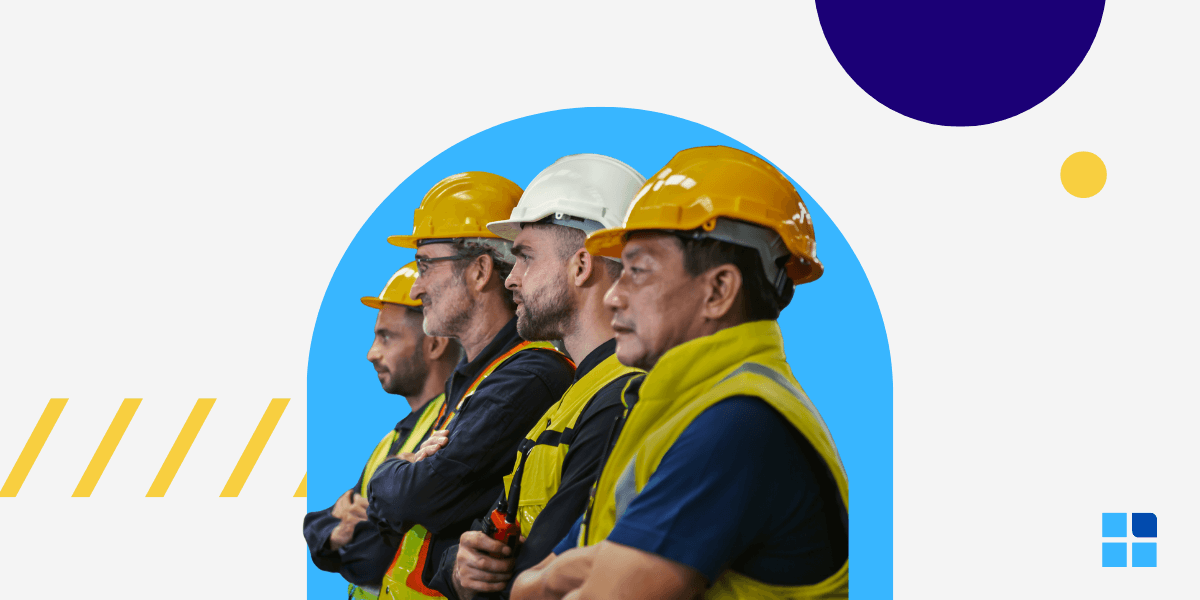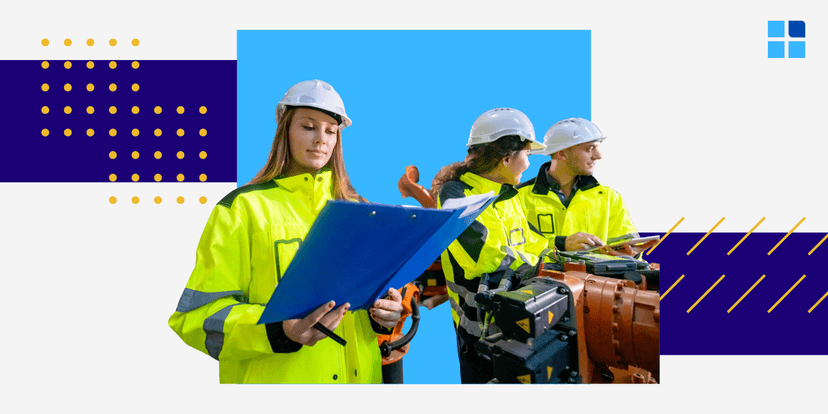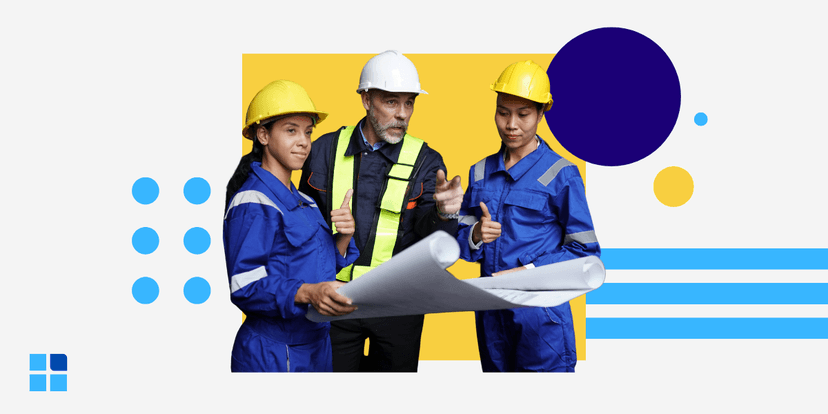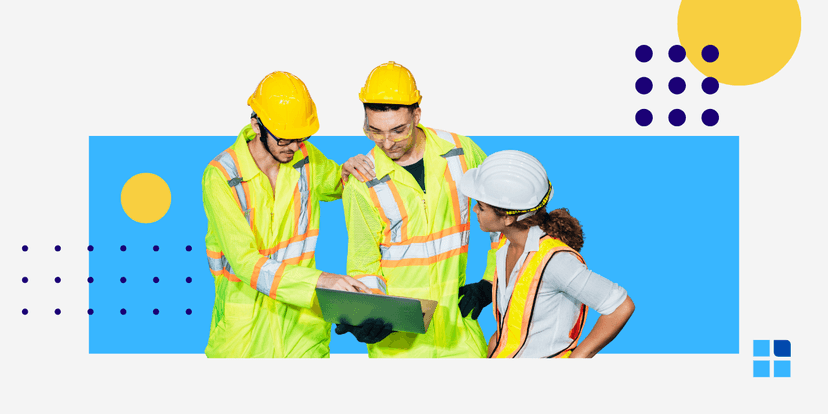A Kaizen event is a powerful tool that enable teams to tackle specific challenges and drive significant enhancements in a short period. By focusing on small, incremental changes, these events empower employees at all levels to collaborate, innovate, and implement solutions that boost productivity and quality.
In this blog post, we will delve into the world of Kaizen events, exploring their benefits, how they work, and their potential to drive continuous improvement within your organization.
What is a Kaizen Event?
A Kaizen event, often referred to as a rapid improvement event or a Kaizen Blitz, is a focused, short-term project aimed at making significant improvements in a specific area of an organization.
These events typically last between three to five days and involve cross-functional teams that collaborate to identify inefficiencies, brainstorm solutions, and implement changes to enhance processes.
The primary goal of a Kaizen event is to achieve substantial improvements in productivity, quality, or other key performance areas by making small, incremental changes. What’s more, participants in a Kaizen event are empowered to actively contribute their ideas and expertise. Therefore, fostering a sense of ownership and collaboration.
What a typical Kaizen event team looks like
A typical Kaizen event team is a diverse group of 6-10 individuals who come together to focus on improving a specific process or solving a particular problem within an organization. These team members need to have the appropriate process improvement training, including the goals, tools, and methodology of Lean.
The Kaizen event team usually comprises employees from various departments and levels, ensuring a wide range of perspectives and expertise. What’s more, the team is carefully selected to include those who are directly involved with the process in question, as well as those who can bring fresh insights. This blend of participants encourages collaboration, innovation, and a comprehensive understanding of the challenges and potential solutions.
The key roles in a Kaizen event
Most Kaizen events are made up of four key roles which include:

1. Facilitator
The facilitator plays a crucial role in guiding the Kaizen event, helping the team stay focused and productive.
Responsibilities:
- Plan and organize the event agenda
- Lead brainstorming and problem-solving sessions
- Ensure adherence to time schedules
- Encourage open communication and participation from all team members
- Document key findings and action plans
2. Process owner
The process owner is responsible for the specific process being improved and ensures that changes are aligned with organizational goals.
Responsibilities:
- Provide detailed knowledge of the current process
- Set clear objectives for the Kaizen event
- Ensure that process improvements align with business goals
- Monitor implementation of changes post-event
- Communicate progress and results to stakeholders
3. Team members
Team members are the individuals who actively participate in the Kaizen event, contributing their insights and expertise.
Responsibilities:
- Share experiences and insights related to the process
- Participate actively in discussions and brainstorming sessions
- Collaborate in identifying root causes and potential solutions
- Assist in implementing and testing improvements
- Provide feedback on the effectiveness of changes
4. Subject matter experts
Subject matter experts (SMEs) bring specialized knowledge and expertise to the Kaizen event, ensuring that proposed solutions are technically sound and feasible.
Responsibilities:
- Offer expert insights on specific aspects of the process
- Validate potential solutions for technical feasibility
- Provide training or guidance on new processes or tools
- Support the team in overcoming technical challenges
- Help ensure sustained improvements through expert advice
When to hold a Kaizen event
A Kaizen event is best held when there is a specific process or area within your organization that requires improvement. These events are particularly effective when there is a need for rapid change or problem-solving, and when cross-functional collaboration can bring diverse perspectives to address the issue at hand.
A Kaizen event can be scheduled regularly as part of a continuous improvement initiative or in response to specific challenges that have been identified through data analysis or feedback from employees and customers.
Some reasons to hold a Kaizen event
Identify and eliminate waste: To pinpoint non-value-adding activities within a process and streamline operations for better efficiency.
Improve process flow: To enhance the flow of work and reduce bottlenecks that hinder productivity.
Enhance quality: To address and resolve quality-related issues that affect customer satisfaction and product reliability.
Increase employee engagement: To involve employees in problem-solving and decision-making.
Reduce costs: To identify cost-saving opportunities by optimizing resource allocation and eliminating unnecessary expenditures.
Boost productivity: To implement changes that increase the speed and efficiency of production or service delivery.
Solve specific problems: To tackle distinct challenges or recurring issues that impede performance or customer satisfaction.
Align with strategic goals: To ensure that process improvements are in line with the organization’s broader strategic objectives.
Where should a Kaizen event be held?
A Kaizen event should be held at the Gemba, which is the "real place" where work happens.
By holding a Kaizen event at the Gemba, this ensures that process improvement efforts are grounded in reality and directly address issues where they arise. Essentially, conducting the event at the Gemba allows participants to observe workflows firsthand, engage with employees who are directly involved in the processes, and identify inefficiencies in their natural context. This approach fosters a deeper understanding of the operational challenges and opportunities for improvement.
Moreover, being at the Gemba encourages collaboration between team members and frontline workers as team members contribute their ideas and expertise to drive change. This facilitates open communication and the exchange of practical insights.
By immersing the Kaizen event team in the actual work environment, you can develop more effective solutions that enhance productivity, reduce waste, and lead to sustainable improvements. Ultimately, driving significant organizational change and value creation.
The benefits of holding a Kaizen event
Kaizen events are transformative initiatives that can drive significant improvements across various aspects of your business. By focusing on continuous improvement, these events offer numerous advantages that can elevate your organization's operational performance. Below are the key benefits of holding a kaizen event:
1. Improved efficiency
Kaizen events focus on identifying and eliminating inefficiencies within a specific area of a business. By bringing together cross-functional teams to analyze processes and brainstorm solutions, these events lead to streamlined workflows and optimized resource allocation. As a result, you can achieve improved efficiency, reducing time and effort wasted on non-value-adding activities. This enhances productivity and allows your teams to deliver better results with fewer resources.
2. Enhanced employee engagement
One of the key benefits of a Kaizen event is the active involvement of employees from various levels in the problem-solving process. By empowering team members to contribute their ideas and expertise, Kaizen events foster a sense of ownership and collaboration. This engagement boosts morale and motivates employees to actively participate in continuous improvement initiatives. Thus, leading to a more committed and innovative workforce.
3. Cost reduction
Holding a Kaizen event often results in significant cost savings by identifying areas where waste can be eliminated and processes can be improved. By focusing on small, incremental changes, you can reduce unnecessary expenditures related to excess inventory, inefficient processes, and quality defects. Consequently, these cost reductions contribute to a healthier bottom line and enable you to allocate resources more effectively.
4. Improved quality
Through the collaborative efforts of cross-functional teams, Kaizen events help identify the root causes of quality issues and implement effective solutions. By addressing these problems at their source, you can enhance the quality of your products or services. Thereby, increasing customer satisfaction and loyalty.
How to plan a Kaizen event
Organizing a successful event involves careful planning and execution. Here are the detailed steps to ensure your event is effective and impactful:

1. Appoint a skilled facilitator
A skilled facilitator is crucial for guiding the Kaizen event. This individual should have a deep understanding of Lean principles and experience in leading improvement initiatives.
The facilitator's responsibilities include planning the agenda, leading brainstorming sessions, and ensuring that the team stays focused on the objectives. In short, their expertise helps navigate challenges and maintain a productive atmosphere throughout the event.
2. Make sure leadership is engaged
Engaged leadership is vital for the success of a Kaizen event. Leaders should demonstrate their commitment by actively supporting the event, providing necessary resources, and encouraging participation across the organization.
Their involvement ensures that the event aligns with strategic goals and fosters a culture of continuous improvement. Additionally, leadership engagement helps in implementing changes swiftly and effectively.
3. Set the scope and limits of the event
Defining the scope and limits of the Kaizen event is essential to keep the team focused and ensure achievable goals. Clearly identify the process or area that requires improvement and outline the specific objectives you aim to achieve.
Setting boundaries helps avoid scope creep and ensures that the team can concentrate on making meaningful, targeted improvements within a manageable timeframe.
4. Assemble the team
Assemble a diverse, cross-functional team that includes individuals with direct experience in the process being improved as well as those who can bring fresh insights. Moreover, the team should comprise members from various levels of the organization to provide a comprehensive perspective on the challenges and potential solutions.
By including those who are directly and indirectly involved, you foster a sense of ownership and encourage collaboration and innovation.
5. Define success
Clearly defining what success looks like for the Kaizen event is crucial for measuring outcomes and maintaining focus. So, establish specific, measurable goals that align with your organization's broader strategic objectives. These goals should be communicated to the team to ensure everyone understands what they are working towards and how success will be evaluated.
6. Provide training
Before the event begins, equip the team with the necessary skills and knowledge to participate effectively. This may include training on Lean principles, problem-solving techniques, and the specific tools that will be used during the event such as root cause analysis and value stream mapping (VSM). Basically, by providing training, this ensures that all team members are on the same page and can contribute effectively to the improvement efforts.
7. Outline the event schedule
Develop a detailed schedule for the Kaizen event, outlining each day's activities and objectives. This schedule should include time for analysis, brainstorming, solution development, and implementation planning.
A well-structured schedule keeps the team organized and ensures that all necessary steps are covered within the event's timeframe. In addition, regular checkpoints and feedback sessions should be included to track progress and make adjustments as needed.
Holding a Kaizen event: A typical week-long outline
A Kaizen event is a focused, short-term project that typically spans a period of three to five days. Here's a simple outline for a week-long Kaizen event:

Day 1: Defining goals and current state analysis
Objective: Establish clear goals and understand the current state of the process.
Activities:
- Kick-off meeting to introduce the team and outline objectives.
- Review of existing processes and data collection.
- Mapping the current state to visualize workflows and identify inefficiencies.
- Establishing baseline metrics for measuring improvement.
Day 2: Identifying root causes and brainstorming solutions
Objective: Determine underlying problems and generate potential solutions.
Activities:
- Conduct a root cause analysis using tools like the 5 Whys or Fishbone Diagram.
- Facilitate brainstorming sessions to generate ideas for improvement.
- Prioritize solutions based on feasibility and impact.
- Develop an action plan for implementing changes.
Day 3: Implementing improvements
Objective: Execute the selected solutions and start implementing changes.
Activities:
- Organize teams to work on specific improvement tasks.
- Implement quick wins and test new processes on a small scale.
- Monitor progress and gather initial feedback from team members.
- Adjust implementation plans as needed based on initial observations.
Day 4: Testing and refining solutions
Objective: Evaluate the effectiveness of implemented changes and refine as necessary.
Activities:
- Conduct testing to assess the impact of changes on process efficiency.
- Gather feedback from team members and stakeholders.
- Make necessary adjustments to refine solutions for optimal performance.
- Document the results and lessons learned for future reference.
Day 5: Standardizing new processes and training employees
Objective: Integrate improvements into standard operations and ensure team readiness.
Activities:
- Develop standard operating procedures (SOPs) for new processes.
- Provide training to employees on revised workflows and procedures.
- Establish metrics for ongoing monitoring and performance evaluation.
- Conclude the event with a review meeting to celebrate successes and identify next steps for continuous improvement.
Conclusion
In conclusion, a Kaizen event is a powerful tool for driving continuous improvement and achieving operational excellence. By fostering a culture of collaboration and innovation, Kaizen events empower teams to make significant strides in improving processes, reducing waste, and increasing efficiency.
These focused, short-term initiatives provide an opportunity for cross-functional teams to come together and identify areas for improvement, implement changes, and measure the results. The benefits of Kaizen events are numerous for teams that strive for operational excellence, as they ultimately lead to more streamlined operations, better resource utilization, and enhanced productivity.







